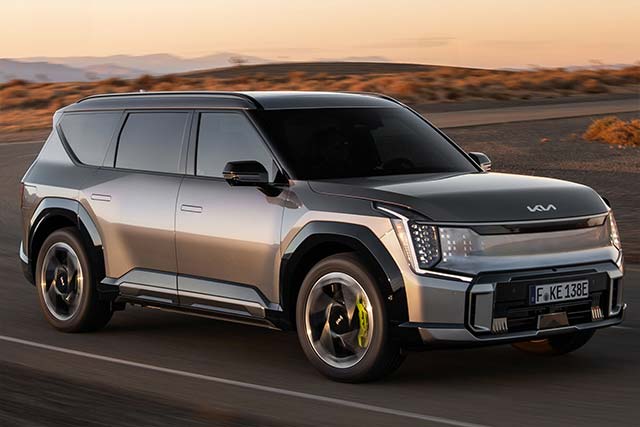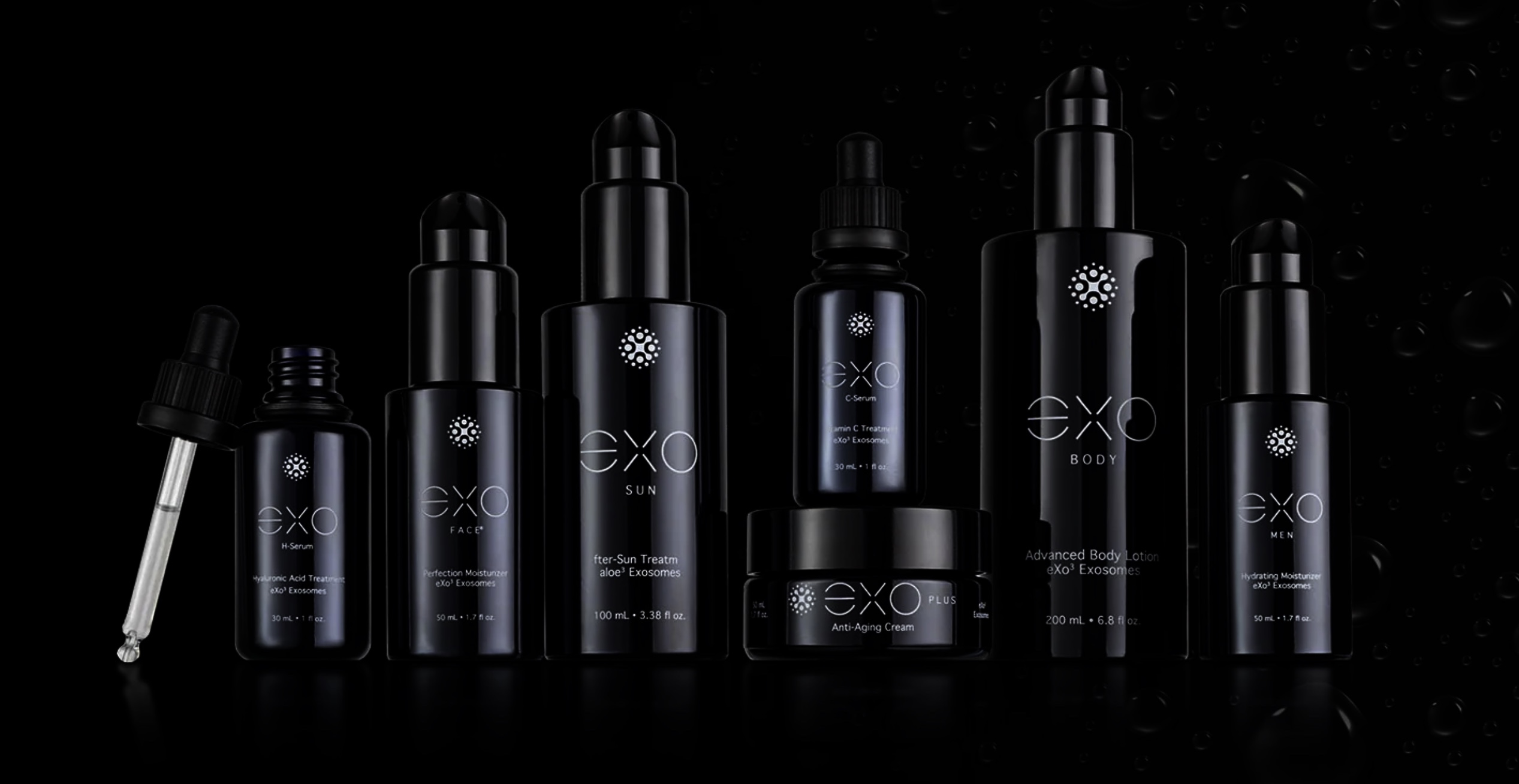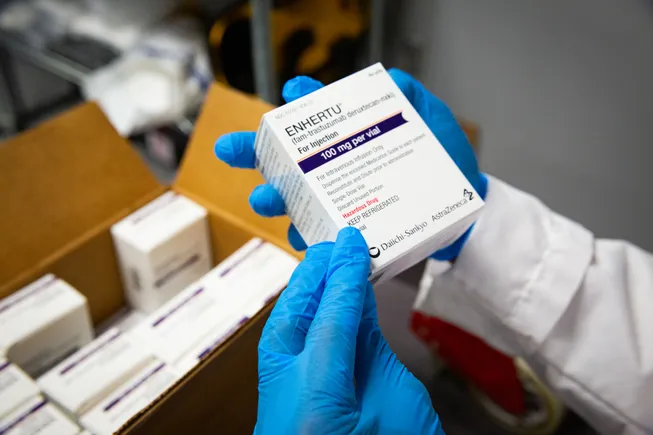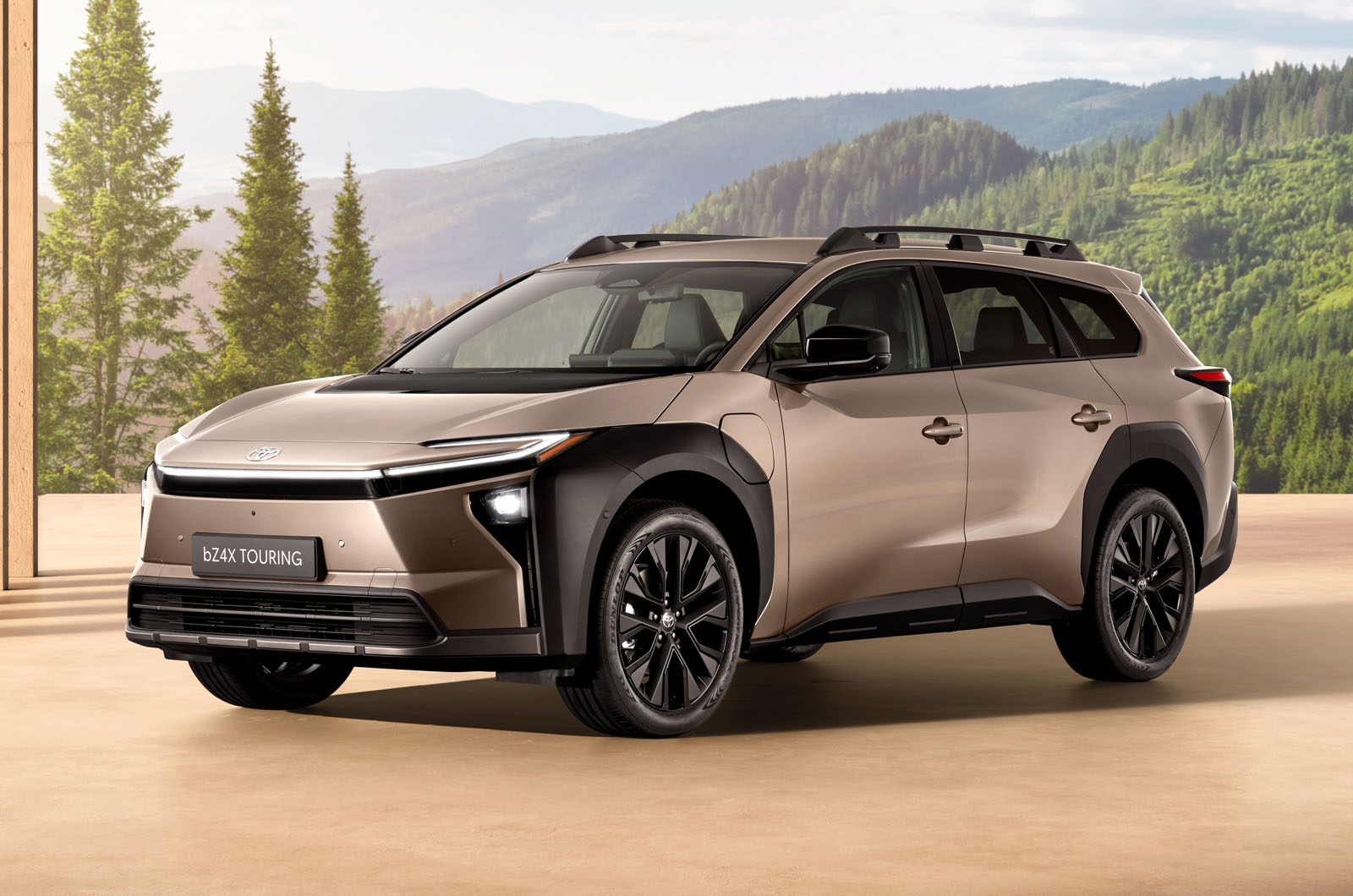Not quite a classic: MG ZT
Prices are rising and pristine examples are now attracting more than £10,000... A few years back, the classic car interior trimmers occupying the shed opposite the one where a mate and I store our old cars, had an MG ZT in for repairs. It was a simple job for them – replacing the worn bolsters of the driver’s seat, the cheap leather MG Rover used by the time this 2002 car was made apparently sourced from rather thin-skinned cattle. The trimmers were doing the job for a local secondhand car dealer, and when I showed an interest in the car suggested a quick test drive. It was a ZT 160 rather than the more potent 190, but it looked good in metallic black, had only done 70,000 miles and would likely have cost no more than £1200 from the dealer. The worn leather was dubiously complemented with a rather bilious patterned cloth, the ZT's interior a starker place than the sumptuous cabin of its Rover 75 stablemate. But none of this disguised the fundamental quality of this car, its exceptionally robust bodyshell, high quality cabin mouldings and well developed suspension serving a sophistication that 70,000 miles had done little to diminish. The V6 issued a smooth, light growl, the wheels rode bumps with well-damped authority and the steering had the right kind of heft to encourage entertainingly hurried attacks of bends. Exiting them wouldn’t have been quite so brisk with only 158bhp, but the MG’s mix of enthusiasm-firing agility and composed deportment were of a higher standard than I’d remembered. This was another car I didn’t need however, and it wasn’t even of the ideal specification (you can have a ZT with upholstery less offensive, and most of the V6s are the more potent 190s) but this was a car it was easy to like. A good thing, then, that when I got back, the trimmers had discovered that it was already sold. Oops. Still, it rekindled an interest in these machines, whose launch was held at windswept Welsh racetrack back in 2001. MG Rover’s management was more bullishly optimistic back then, partly because it was launching not one but three cars simultaneously. Admittedly the trio were conversions of existing models rather than the fabled new medium-sized car that this dying company so desperately needed, but by the end of that day there were plenty of cautiously impressed journalists who thought this hollowed out company might be in with a fighting chance. That was because the ZR, ZS and ZT were surprisingly good, their verve, handling and manners entirely good enough to earn them a sporting badge, the ageing ZS especially so. Based on the Rover 45 – aka the Honda Domani – it sported double wishbones all round, these tuneable to great effect. The 25-based ZR was cruder, but turned out to be a big hit because it could be had with quite low-powered engines, enabling young guns to actually insure it. For a while, this was Britain’s best-selling hot hatch. But by far the most sophisticated of the trio was the 75-based ZT. The 75 had been developed during BMW’s ownership of Rover, this properly funded project producing a car of far higher calibre than anything Rover had made since the 1963 2000. The ZT was an early victim of MG Rover’s now notorious Project Drive campaign, directed at cost-reducing its cars in an unwinnable bid to curtail losses. The 75 ultimately suffered more, including fake dashboard wood rather than real tree, badge deletions and multiple subtle cheapenings. Most obvious in the ZT was its low-rent upholstery. The good news, though, was that money wasn’t spared on the suspension, now tautened and tweaked to provide livelier dives into bends, aided by a reworked 2.5 litre V6 putting out 187bhp to the 75’s 175bhp. The result was a very capable sports saloon, its tuneful V6, reliable grip, decent turn-in and excellent body control producing the fine sporting drive that BMW disallowed Rover from exploring with the 75. That was for fear of invading Munich territory, which sounds sadly laughable now. The ZT could have used more power – it came with the wonderfully crazy rear-drive V8, a classic almost from the moment MG Rover went under – its slightly over-stiff shockers later softened. The lower-powered ZTs convinced less but it sold well, diesel and ZT-T estate included, the sales boost provided by this instant MG range staving off its maker’s downfall. Given that the youngest ZT is now 20 years old, it’s no surprise to find non-runners for £1000 or less, or drivers for under £2000. Most have done over 100,000 miles and are in banger territory, doubtless needing a pricey cam-belt change and those pesky seat bolsters repaired. The very best low-milers attract price tags getting towards £10,000, but there’s no need to pay that to enjoy one. And collectible the ZT will surely be. This column first appeared as an email to subscribers.
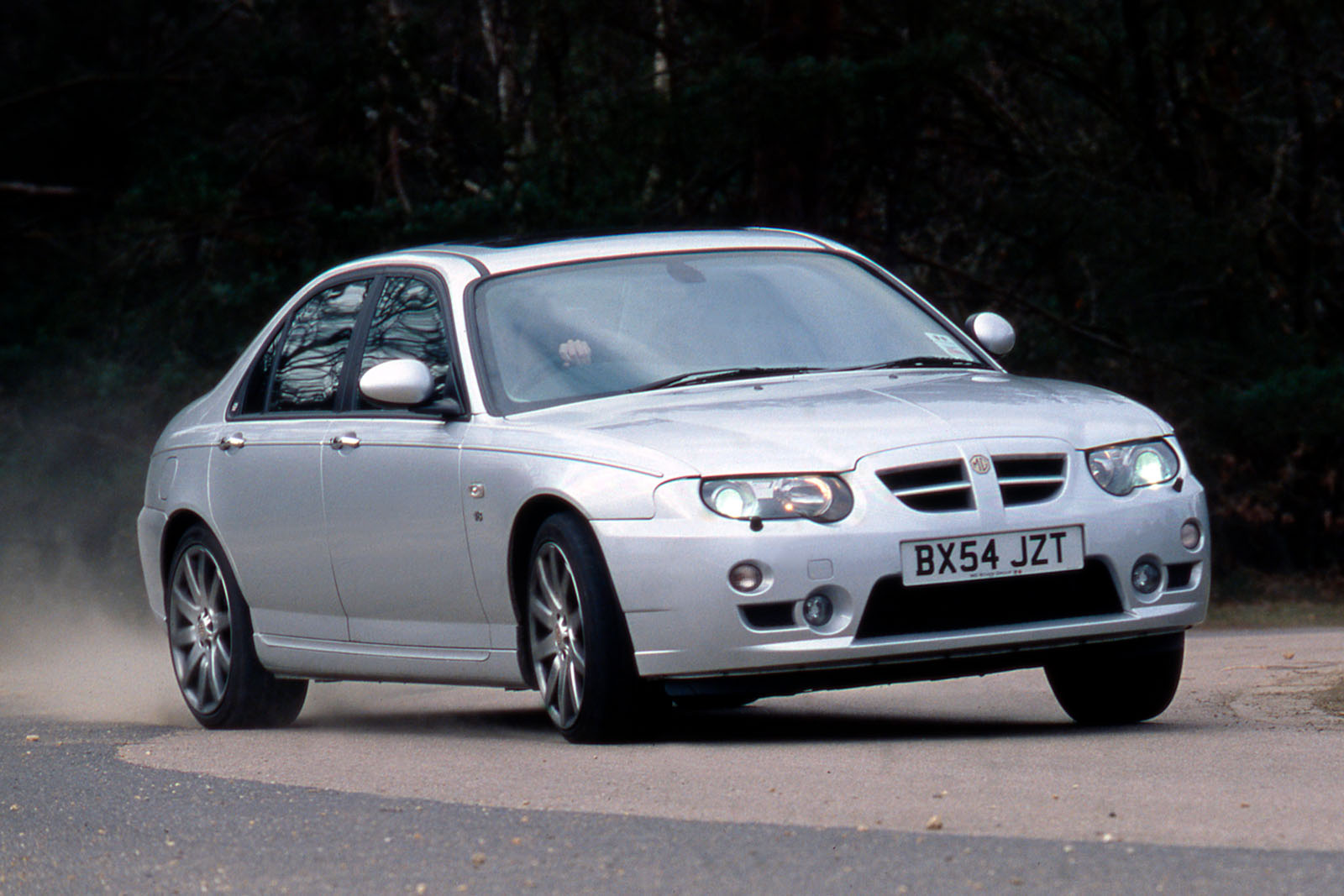
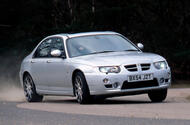 Prices are rising and pristine examples are now attracting more than £10,000...
Prices are rising and pristine examples are now attracting more than £10,000...
A few years back, the classic car interior trimmers occupying the shed opposite the one where a mate and I store our old cars, had an MG ZT in for repairs.
It was a simple job for them – replacing the worn bolsters of the driver’s seat, the cheap leather MG Rover used by the time this 2002 car was made apparently sourced from rather thin-skinned cattle. The trimmers were doing the job for a local secondhand car dealer, and when I showed an interest in the car suggested a quick test drive. It was a ZT 160 rather than the more potent 190, but it looked good in metallic black, had only done 70,000 miles and would likely have cost no more than £1200 from the dealer.
The worn leather was dubiously complemented with a rather bilious patterned cloth, the ZT's interior a starker place than the sumptuous cabin of its Rover 75 stablemate. But none of this disguised the fundamental quality of this car, its exceptionally robust bodyshell, high quality cabin mouldings and well developed suspension serving a sophistication that 70,000 miles had done little to diminish.
The V6 issued a smooth, light growl, the wheels rode bumps with well-damped authority and the steering had the right kind of heft to encourage entertainingly hurried attacks of bends. Exiting them wouldn’t have been quite so brisk with only 158bhp, but the MG’s mix of enthusiasm-firing agility and composed deportment were of a higher standard than I’d remembered.
This was another car I didn’t need however, and it wasn’t even of the ideal specification (you can have a ZT with upholstery less offensive, and most of the V6s are the more potent 190s) but this was a car it was easy to like.
A good thing, then, that when I got back, the trimmers had discovered that it was already sold. Oops. Still, it rekindled an interest in these machines, whose launch was held at windswept Welsh racetrack back in 2001. MG Rover’s management was more bullishly optimistic back then, partly because it was launching not one but three cars simultaneously. Admittedly the trio were conversions of existing models rather than the fabled new medium-sized car that this dying company so desperately needed, but by the end of that day there were plenty of cautiously impressed journalists who thought this hollowed out company might be in with a fighting chance.
That was because the ZR, ZS and ZT were surprisingly good, their verve, handling and manners entirely good enough to earn them a sporting badge, the ageing ZS especially so. Based on the Rover 45 – aka the Honda Domani – it sported double wishbones all round, these tuneable to great effect. The 25-based ZR was cruder, but turned out to be a big hit because it could be had with quite low-powered engines, enabling young guns to actually insure it. For a while, this was Britain’s best-selling hot hatch.
But by far the most sophisticated of the trio was the 75-based ZT. The 75 had been developed during BMW’s ownership of Rover, this properly funded project producing a car of far higher calibre than anything Rover had made since the 1963 2000.
![]()
The ZT was an early victim of MG Rover’s now notorious Project Drive campaign, directed at cost-reducing its cars in an unwinnable bid to curtail losses. The 75 ultimately suffered more, including fake dashboard wood rather than real tree, badge deletions and multiple subtle cheapenings. Most obvious in the ZT was its low-rent upholstery. The good news, though, was that money wasn’t spared on the suspension, now tautened and tweaked to provide livelier dives into bends, aided by a reworked 2.5 litre V6 putting out 187bhp to the 75’s 175bhp.
The result was a very capable sports saloon, its tuneful V6, reliable grip, decent turn-in and excellent body control producing the fine sporting drive that BMW disallowed Rover from exploring with the 75. That was for fear of invading Munich territory, which sounds sadly laughable now.
The ZT could have used more power – it came with the wonderfully crazy rear-drive V8, a classic almost from the moment MG Rover went under – its slightly over-stiff shockers later softened. The lower-powered ZTs convinced less but it sold well, diesel and ZT-T estate included, the sales boost provided by this instant MG range staving off its maker’s downfall.
Given that the youngest ZT is now 20 years old, it’s no surprise to find non-runners for £1000 or less, or drivers for under £2000. Most have done over 100,000 miles and are in banger territory, doubtless needing a pricey cam-belt change and those pesky seat bolsters repaired. The very best low-milers attract price tags getting towards £10,000, but there’s no need to pay that to enjoy one. And collectible the ZT will surely be.
This column first appeared as an email to subscribers.






















